Content by Patrick Wagner
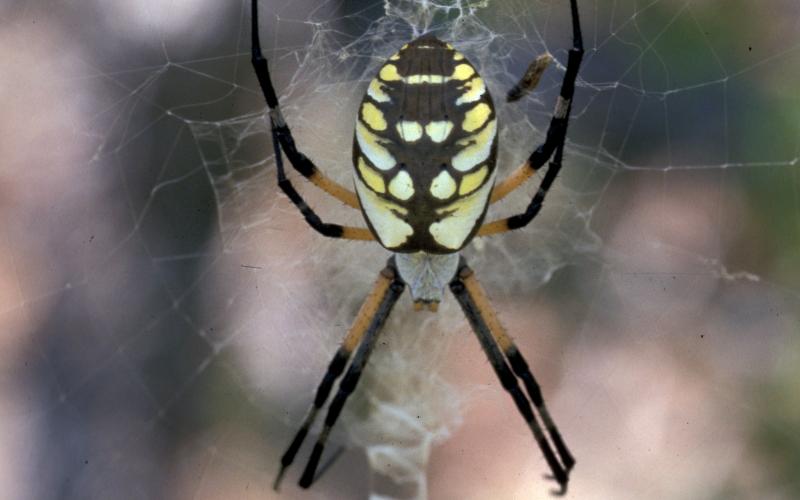
An identification guide for Common Spiders in South Dakota
Identification guide to assist with identification and management of common spiders.
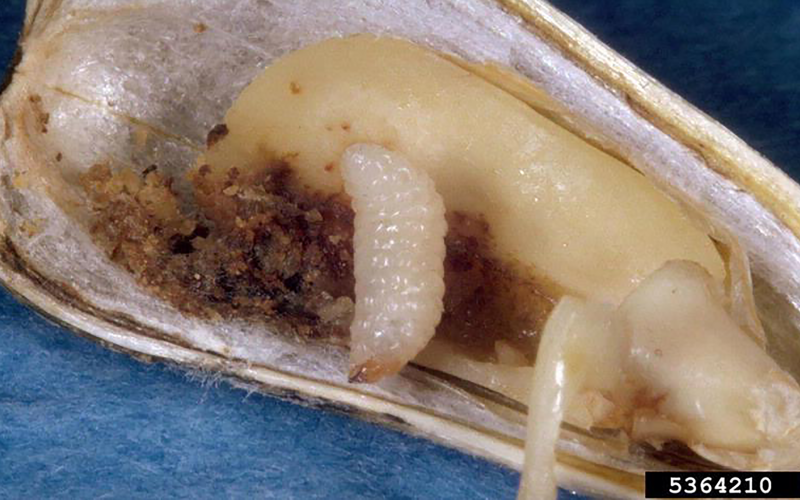
An identification guide for Sunflower Insect Pests in South Dakota
Identification guide to assist with insect identification and management in sunflowers.

Squash Bugs Are Active in South Dakota
Squash bugs are an insect pest that everyone dreads finding in their garden. If left unmanaged, injury caused by their extensive feeding can kill infested squash and cucurbit plants.

Grasshopper Activity Is Ramping Up
We have already observed increased grasshopper activity in many areas of the state and, depending on the 2022 season, they may become problematic in crops.
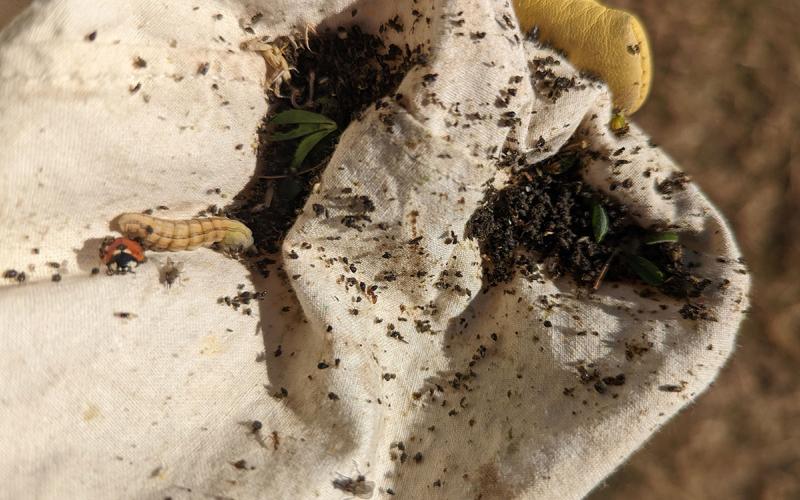
Cowpea Aphid Populations Taking off in Alfalfa
In southeast South Dakota, we are observing large cowpea aphid populations in alfalfa. Large populations can reduce yields, and, if left unmanaged, these infestations even kill the plants.

Blister Beetles Are Active in South Dakota Alfalfa
Blister beetles have been spotted in several alfalfa fields in South Dakota, which means it’s time to start scouting to determine how many are present.
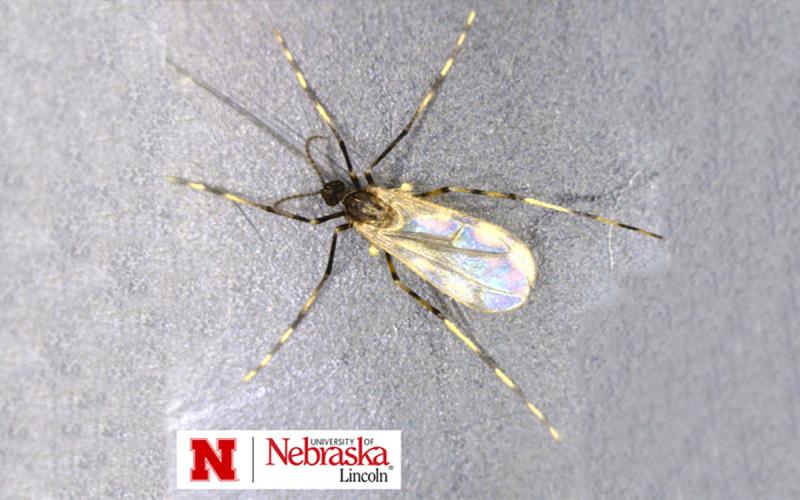
Soybean Gall Midge Adults Detected in South Dakota
Soybean gall midge emergence was first detected in South Dakota two weeks ago, during the week of June 13 -17, 2022. Emergence continues to be slow, with the only observations in southeast South Dakota.

Fly Control
On today’s episode of Cattle HQ, former Cow/Calf Field Specialists, Olivia Amundson and Kiernan Brandt sit down with Patrick Wagner, SDSU Extension Entomology Field Specialist and Joseph Armstrong University of Minnesota Extension Cattle Production Systems specialist to talk about pest and parasite management in livestock, more specifically dealing with flies.
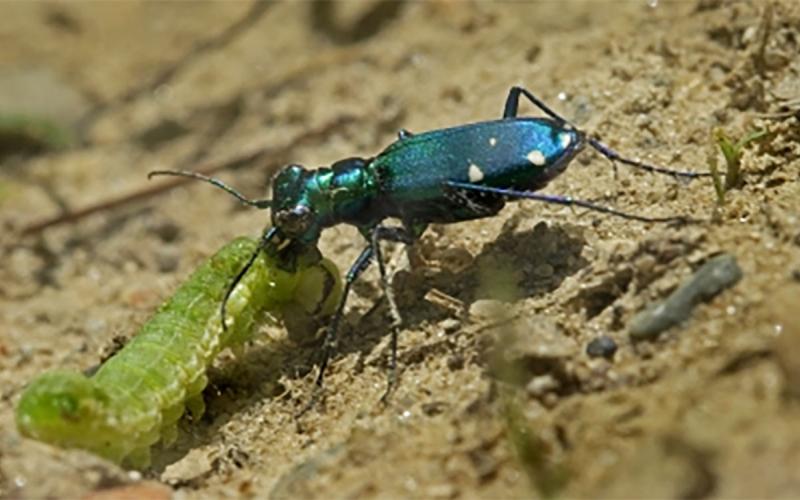
Tiger Beetles: Beneficial Predators and Ecosystem Health Indicators
Tiger beetles are generalist predators, meaning they prey on a wide variety of pests. Observing them in a landscape is a great sign that an ecosystem is healthy and supporting both prey and predators.
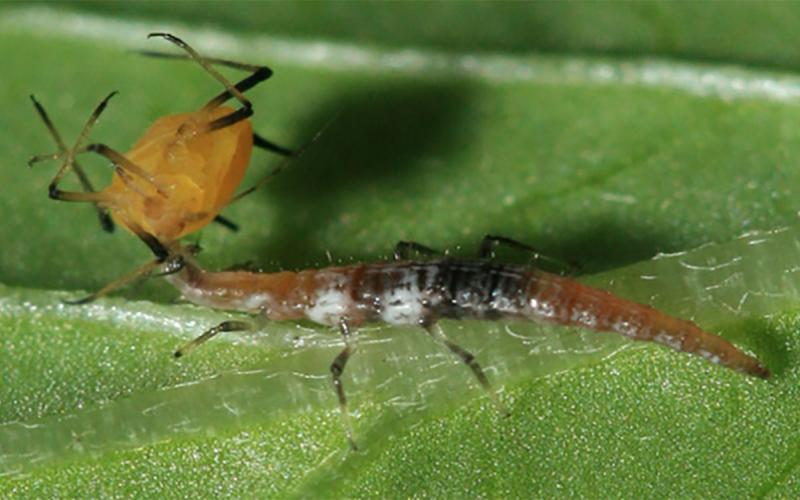
Biocontrol Agents: Brown Lacewings
With so many insect pests causing concern for both gardeners and farmers, it’s important to know which ones are on our side. In this article, we focus on the brown lacewing and the beneficial role it plays within the landscape.